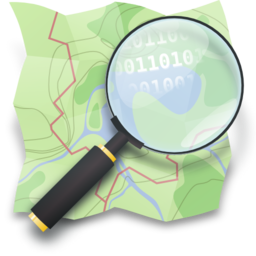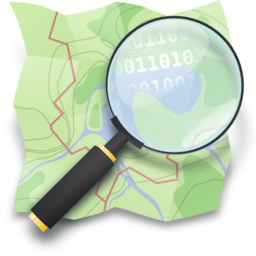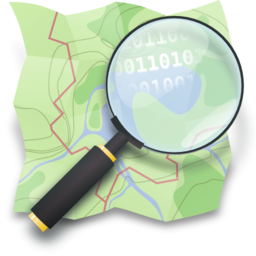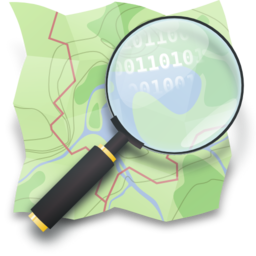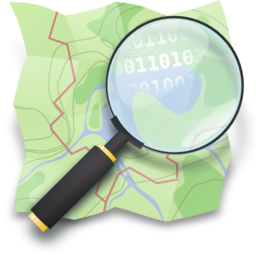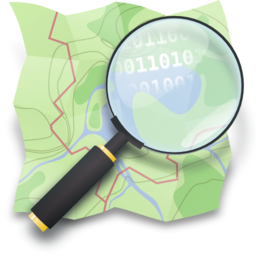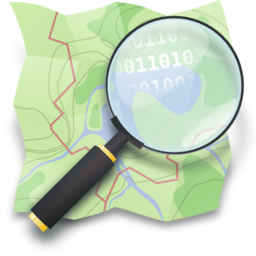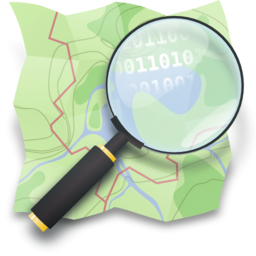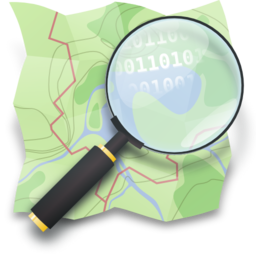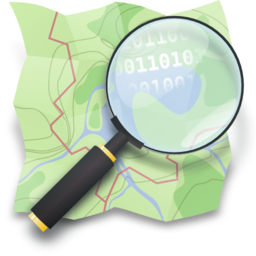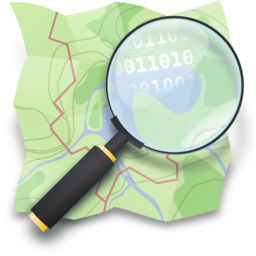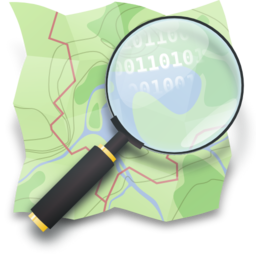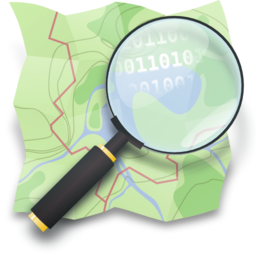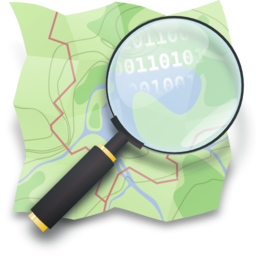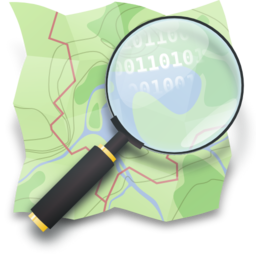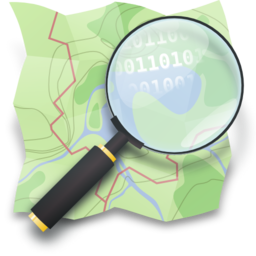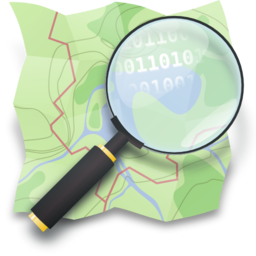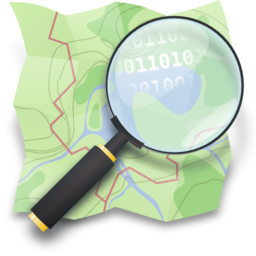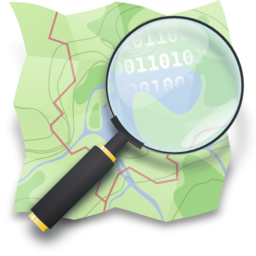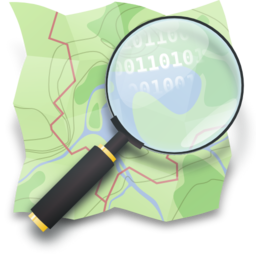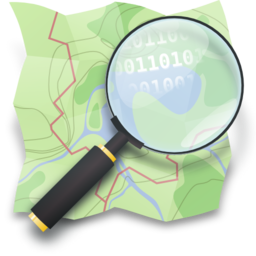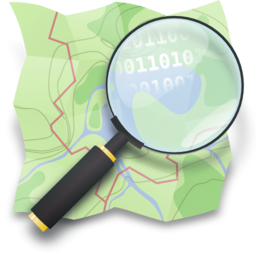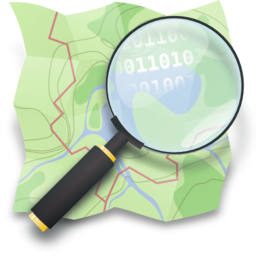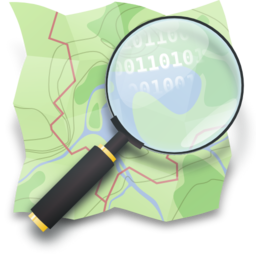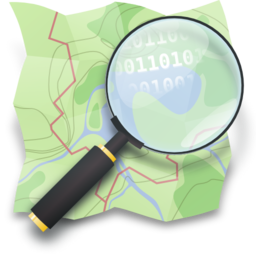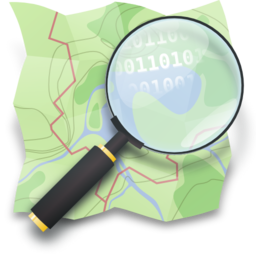Da Provider Geolocation leaving Work
OpenStreetMap is a map of the world, created by people like you and free to use under an open license.
OpenStreetMap is a map of the world, created by people like you and free to use under an open license.
Iran expand ایران اکسپند تولید کننده انواع ورق های اکسپندد متال تلفن ۰۳۱۳۲۳۳۵۴۳۴
OpenStreetMap is a map of the world, created by people like you and free to use under an open license.
OpenStreetMap is a map of the world, created by people like you and free to use under an open license.
On approximately July 15, 2024 the Golden Rule will depart from Eureka Public Marina in Eureka, CA with a crew of four.
Steve Buck of the Humboldt Bay Yacht Club will skipper the entire voyage.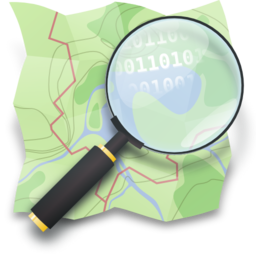
Steve Buck of the Humboldt Bay Yacht Club will skipper the entire voyage.

Veterans For Peace Golden Rule Project's Diary | Voyage of the Golden Rule 2024 - Begins in Eureka, CA July 15, 2024 | OpenStreetMap
OpenStreetMap is a map of the world, created by people like you and free to use under an open license.OpenStreetMap
Had a meeting on how to get members to join the OSMF. Strategy plans were out on how to achieve that.
OpenStreetMap is a map of the world, created by people like you and free to use under an open license.
OpenStreetMap is a map of the world, created by people like you and free to use under an open license.
تنها نمایندگی دوو با اقساط بلندمدت عرضه مستقیم محصولات دوو از کارخانه به قیمت کارخانه
اقساط ۱۸ و ۲۴ ماه 🌀فقط با یک فقره چک 💥بدون مراجعه به بانک 💯 بدون ضامن 🗯 ارسال رایگان
09134387883 09116639082 01133234933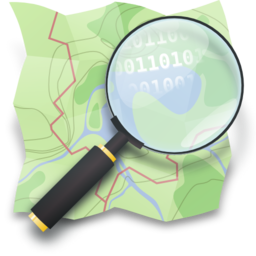
اقساط ۱۸ و ۲۴ ماه 🌀فقط با یک فقره چک 💥بدون مراجعه به بانک 💯 بدون ضامن 🗯 ارسال رایگان
09134387883 09116639082 01133234933

Caspian Business's Diary | خانه دوو ساری | OpenStreetMap
OpenStreetMap is a map of the world, created by people like you and free to use under an open license.OpenStreetMap
It would seem that wine bars match the description for an “amenity=pub”.
It resonates strangely.
I have used bar in the past but feel kind of dirty for doing that because they often are not lively and standing room only.
They are more like cocktail lounges than bars but how are cocktail lounges tagged?
Even cocktail lounges seem more like pubs than bars.
These “bars” sans lively atmosphere in possession of available and comfortable seating are another creature.
What is the alternative?
It resonates strangely.
I have used bar in the past but feel kind of dirty for doing that because they often are not lively and standing room only.
They are more like cocktail lounges than bars but how are cocktail lounges tagged?
Even cocktail lounges seem more like pubs than bars.
These “bars” sans lively atmosphere in possession of available and comfortable seating are another creature.
What is the alternative?

AnotherJames's Diary | Wine bars are pubs? | OpenStreetMap
OpenStreetMap is a map of the world, created by people like you and free to use under an open license.OpenStreetMap
We had a meeting with Arnalie on the membership drive in OSMF.
OpenStreetMap is a map of the world, created by people like you and free to use under an open license.
OpenStreetMap is a map of the world, created by people like you and free to use under an open license.
YouthMappers at Eastern University recently organized a dynamic and engaging day-long session focused on the theme ‘Connecting with Community: Let’s Switch to Mapping.’ The event, held on February 07, 2024, at Eastern University, brought together students, and community members to explore the power of mapping in community development and engagement. The session featured a diverse range of topics, including Community Development, Leadership Training, Women’s Participation, Problem-Solving, Kobo Toolbox, Data Collection and Analysis. Led by Youthmappers Regional Ambassador, Amena Rashid Bania, the session provided valuable insights and practical skills for participants to enhance their understanding of mapping technologies and their applications in community initiatives. In addition to the informative sessions, the event also included hands-on workshops on Mobile Mapping conducted by regional ambassador Nishan Ariyal, and Mapping Techniques led by Brazil Singh, President of YouthMappers at Eastern University, Bangladesh chapter. Brazil Singh, a prominent figure in the OpenStreetMap (OSM) community, is recognized as an Open Mapping Guru Fellow in the Asia Pacific Region, bringing a wealth of experience and expertise to the session. Guest Speaker Sawan Sahriar, regional Ambassador of Youthmappers, graced the event with his presence and delivered an inspiring talk on OpenStreetMap and Mapping Tasks. His insights and knowledge added a valuable dimension to the session, inspiring participants to explore the possibilities of mapping in community engagement.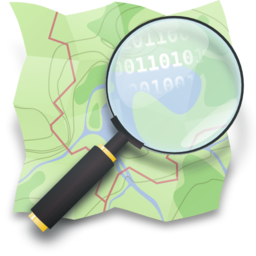

Brazil Singh's Diary | Connecting with Community: Let's Switch to Mapping’ | OpenStreetMap
OpenStreetMap is a map of the world, created by people like you and free to use under an open license.OpenStreetMap
OpenStreetMap is a map of the world, created by people like you and free to use under an open license.
OpenStreetMap is a map of the world, created by people like you and free to use under an open license.
Standing out as one of the trusted security agencies in Brampton, Doga’s Security Services is committed to ensuring the safety and peace of its clients while setting a new standard for security companies. Entrust us for unmatched protection and dependability, guaranteeing peace of mind for all your security needs.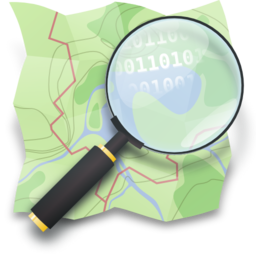

dogas6027's Diary | Doga's Security Services | OpenStreetMap
OpenStreetMap is a map of the world, created by people like you and free to use under an open license.OpenStreetMap
OpenStreetMap is a map of the world, created by people like you and free to use under an open license.
OpenStreetMap is a map of the world, created by people like you and free to use under an open license.
What appears are two separate man-made geoglyphs, 300m x 500m (human) and 200m x 200m (bull), of what appears to be etched on a gently graded terrain is a human and a bull oriented north to south. The two figures is targeted with several concentrically oriented Nazca lines.
14°47′38″S, 75°4′15″W -14.7940031, -75.0709680 Nazca, Province of Nasca, Ica, 11401, Peru
The figures suggest a man-made geoglyph of a human being chased by a bull which appears to be in pursuit of him It is very unclear why the bear is chasing him. The man appears to be carrying a blanket, wearing lose fitting outfit and wearing shoes. The bull behind him has long pointy horns and appears to be drawn as if he is chasing him.
Awaiting better mapping to confirm additional linework.
Along with the inhabitants, bulls have been recorded in these local areas.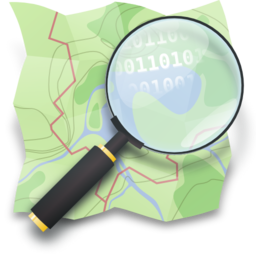
14°47′38″S, 75°4′15″W -14.7940031, -75.0709680 Nazca, Province of Nasca, Ica, 11401, Peru
The figures suggest a man-made geoglyph of a human being chased by a bull which appears to be in pursuit of him It is very unclear why the bear is chasing him. The man appears to be carrying a blanket, wearing lose fitting outfit and wearing shoes. The bull behind him has long pointy horns and appears to be drawn as if he is chasing him.
Awaiting better mapping to confirm additional linework.
Along with the inhabitants, bulls have been recorded in these local areas.

c tito young's Diary | Running Bull and Human. | OpenStreetMap
OpenStreetMap is a map of the world, created by people like you and free to use under an open license.OpenStreetMap
OpenStreetMap is a map of the world, created by people like you and free to use under an open license.
Yesterday I mapped two parks along 43rd which I decided would be the final portion - 43rd does continue east of I-435 but in the interest of some kind of coherent boundary to my city mapping, I’m keeping it within the bounds of I-435. The parks had several amenities like sports courts, picnic shelters etc. On the way between one park and another, I encountered a bar owner who wanted to chat. He noticed me taking a photo of a downed pedestrian signal button and complained about all the accidents that happen outside his bar - including the one that led to that particular damage. I reported it on the city’s 311 app and asked him if he was aware of the app - he wasn’t, so I showed it to him in case he wanted to report more accident damage in the future. A kind old man driving through one of the parks asked me if I was with Parks and Rec, and said he hoped they would add a public restroom to the park one day. I told him I agree, but explained I was just doing a hobby and not with Parks and Rec.
Today we started down Main street - a totally different land use and economic situation from the east end of 43rd St. We started at 43rd St, as my plan is to radiate out from my focal point of 43rd and Main, where I’m also documenting the streetcar-related development via periodic photos. We walked south on the east side of Main mapping the items there. We found that many businesses hadn’t been recorded yet or there were new / different ones in place. At the Community Christian Church I noticed two memorial plaques (one connected to the cornerstone) which hadn’t been mapped. We shunted off to the west to follow the named version of Main St. rather than continuing to follow it where it changes to Brookside Blvd. We went down as far as 49th St, had tea at Banksia, and hubby headed home while I mapped Main going back up on the west side. The most interesting thing we found (I thought) was that the Kansas City Board of Trade had been closed down in 2013 and that this info wasn’t accounted for yet. Several small shops were in the refurbished building where it used to stand, and there was a memorial plaque with some history about the Board of Trade.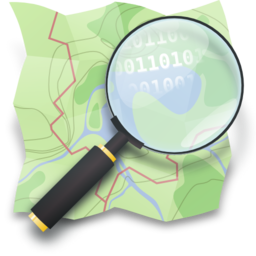
Today we started down Main street - a totally different land use and economic situation from the east end of 43rd St. We started at 43rd St, as my plan is to radiate out from my focal point of 43rd and Main, where I’m also documenting the streetcar-related development via periodic photos. We walked south on the east side of Main mapping the items there. We found that many businesses hadn’t been recorded yet or there were new / different ones in place. At the Community Christian Church I noticed two memorial plaques (one connected to the cornerstone) which hadn’t been mapped. We shunted off to the west to follow the named version of Main St. rather than continuing to follow it where it changes to Brookside Blvd. We went down as far as 49th St, had tea at Banksia, and hubby headed home while I mapped Main going back up on the west side. The most interesting thing we found (I thought) was that the Kansas City Board of Trade had been closed down in 2013 and that this info wasn’t accounted for yet. Several small shops were in the refurbished building where it used to stand, and there was a memorial plaque with some history about the Board of Trade.

PhoebeSM's Diary | Wrapping up 43rd, starting on Main | OpenStreetMap
OpenStreetMap is a map of the world, created by people like you and free to use under an open license.OpenStreetMap
OpenStreetMap is a map of the world, created by people like you and free to use under an open license.
OpenStreetMap is a map of the world, created by people like you and free to use under an open license.
Hello hello strange website I do not fully understand! I have begun mapping out my Town! The grand town of Northampton! I saw a lot of the suburbs, and even parts of the town centre were missing residential housing features, so I began adding buildings on a road I know quite well as I used to live there. I know I missed a few sheds, but I am not about to guesstimate their locations under trees. Cheers!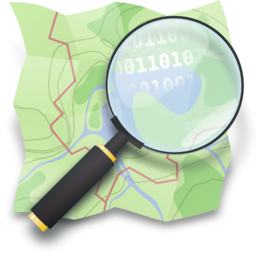

Object's Diary | Mapping Northampton! | OpenStreetMap
OpenStreetMap is a map of the world, created by people like you and free to use under an open license.OpenStreetMap
Welcome to Teqnoworld, where the boundaries of innovation are continuously pushed, and the digital landscape evolves at an unprecedented pace.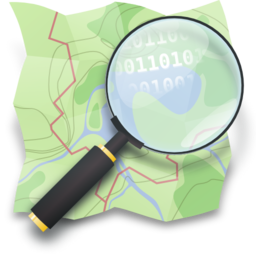

Teqnoworld's Diary | Teqnoworld | OpenStreetMap
OpenStreetMap is a map of the world, created by people like you and free to use under an open license.OpenStreetMap
OpenStreetMap is a map of the world, created by people like you and free to use under an open license.
OpenStreetMap is a map of the world, created by people like you and free to use under an open license.
OpenStreetMap is a map of the world, created by people like you and free to use under an open license.
OpenStreetMap is a map of the world, created by people like you and free to use under an open license.
OpenStreetMap is a map of the world, created by people like you and free to use under an open license.
OpenStreetMap is a map of the world, created by people like you and free to use under an open license.
OpenStreetMap is a map of the world, created by people like you and free to use under an open license.
1st Time Learning about QGIS and Open Street Map through Digital Mapping Workshop on Palang Merah Indonesia (Indonesian Red Cross), North Jakarta Branch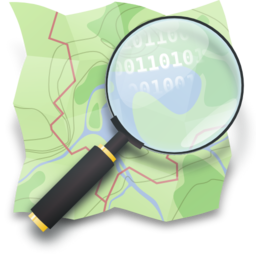

fauzanulva's Diary | 1st Time Learning Open Street Map | OpenStreetMap
OpenStreetMap is a map of the world, created by people like you and free to use under an open license.OpenStreetMap
OpenStreetMap is a map of the world, created by people like you and free to use under an open license.
OpenStreetMap is a map of the world, created by people like you and free to use under an open license.
OpenStreetMap is a map of the world, created by people like you and free to use under an open license.
EN:
A lot of new mappers are trying to edit existing element instead of creating new one and set properties to them. (For example some new mapper added amenity=pharmacy to whole apartment building insted of creating one node for it.)
Also I think it would be good idea to hide some existing layers for newies (at least boundaries). New mappers do not need to work with them, because they are not changing for a lot.
In iDeditor a lot of times happens that new mapper connect road with forest boundary, because he just moved node on way for a bit and iDeditor connected this 2 elements (This can be prevented by holding Alt, but new mappers do not know this). So we can at least think about layering OSM at least for new mappers.
Also when new mapper is crating new way, which is going in the same direction as some existing way (boundary or forest boundary) he many times connect this new way with existing one.
Proposed layers:
- POI
- buildings, highways, railways
- landcover
- boundaries
SK:
Čím viac sa nad tým zamýšľam, tým viac mi to príde vhodnejšie. Veľa nováčikov sa snaží niečo pridať, lenže väčšinou len upravia existujúce elementy namiesto toho, aby pridali nové. Taktiež si myslím, že by bolo vhodné nováčikom skryť aspoň hranice. V iDeditore sa nováčikom často stáva, že spoja cestu s hranicou lesa (Nevedia, že keď podržia Alt, tak sa im to automaticky nespojí). Takže môžme aspoň pouvažovať nad nejakými vrstvami v OSM.
Navrhované vrstvy:
- POI
- budovy, cesty, železnice
- lesy, lúky, polia …
- hranice
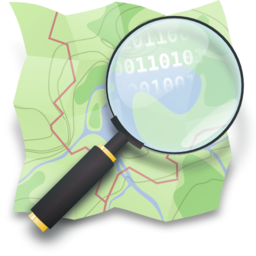
Filip009's Diary | Should we have different layers in OpenStreetMap? | OpenStreetMap
OpenStreetMap is a map of the world, created by people like you and free to use under an open license.OpenStreetMap
OpenStreetMap is a map of the world, created by people like you and free to use under an open license.
OpenStreetMap is a map of the world, created by people like you and free to use under an open license.
OpenStreetMap is a map of the world, created by people like you and free to use under an open license.
Improving the data within OSM around Beacon, NY and surrounding towns.
Specific road, sidewalk, and bike focus. Improve data about existing buildings and building changes. Improve trail network and information.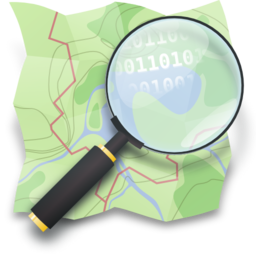
Specific road, sidewalk, and bike focus. Improve data about existing buildings and building changes. Improve trail network and information.

scetron's Diary | Thoughts | OpenStreetMap
OpenStreetMap is a map of the world, created by people like you and free to use under an open license.OpenStreetMap
Don't map for render
Don't map for geocoder
Don't map for validator
Don't map for database
Don't map for Overpass
Don't map for editors
Don't map for laws
Don't map for statistics
Don't map for yourself
Don't map! Soon the AI will map it all out.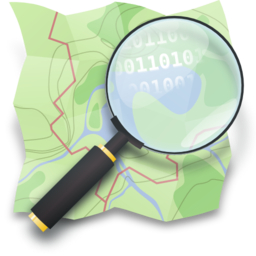
TrickyFoxy's Diary | DON'T MAP | OpenStreetMap
OpenStreetMap is a map of the world, created by people like you and free to use under an open license.OpenStreetMap
OpenStreetMap is a map of the world, created by people like you and free to use under an open license.
OpenStreetMap is a map of the world, created by people like you and free to use under an open license.
